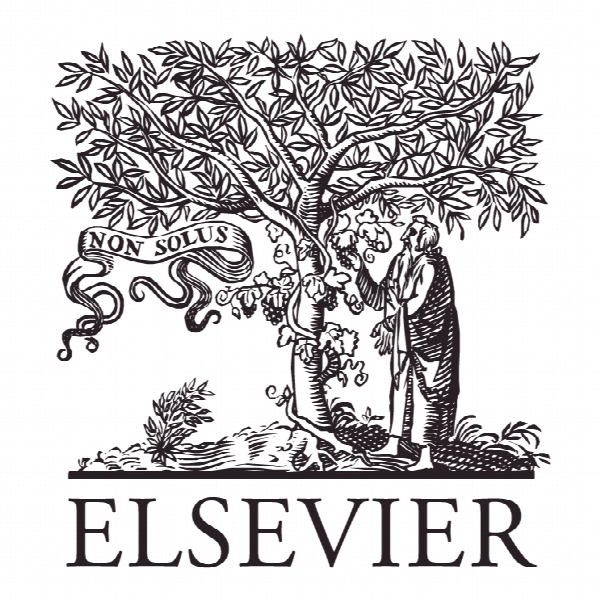ابزارهای غربالگری افسردگی پس از زایمان: یک بررسی Postpartum Depression Screening Tools: A Review
- نوع فایل : کتاب
- زبان : انگلیسی
- ناشر : Elsevier
- چاپ و سال / کشور: 2018
توضیحات
رشته های مرتبط روانشناسی
گرایش های مرتبط روانشناسی بالینی
مجله روانشناسی – Psychosomatics
دانشگاه School of Medicine – New York Medical College Valhalla – NY USA
منتشر شده در نشریه الزویر
کلمات کلیدی انگلیسی postpartum screening, antenatal screening, maternal depression, postpartum depression
گرایش های مرتبط روانشناسی بالینی
مجله روانشناسی – Psychosomatics
دانشگاه School of Medicine – New York Medical College Valhalla – NY USA
منتشر شده در نشریه الزویر
کلمات کلیدی انگلیسی postpartum screening, antenatal screening, maternal depression, postpartum depression
Description
INTRODUCTION Postpartum depression (PPD) is characterized by depressive episodes occurring in the period after childbirth. It is estimated that the disease occurs in up to 20% of all women [1]. Although the exact causes of postpartum depression remain unknown, several risk factors have been identified. Women who have history of psychiatric illness [2], with limited partner support, in abusive relationships and a history of substance abuse are at increased risk of [3]. Other special groups of patients at risk include adolescent mothers, immigrant women, those with low socioeconomic status, racial and ethnic minorities, and fathers [4]. Postpartum depression can cause grave consequences for both the mother and child. Women who suffer from postpartum depression have been found to have decreased maternal/neonatal bonding. Neonates born to women with PPD were more likely to be in the foster care system [5]. Furthermore, the children of depressed mothers have higher rates of mood disorders, and overall decreased general levels of functioning when compared to children born to non-depressed mothers. Additionally, women experiencing depression have poorer health outcomes and lower quality of life than non-depressed women [6]. Despite the severe consequences that PPD has on both the mother and the child, up to 50% of these cases will go undiagnosed [7]. This illustrates the need for effective screening methods to ensure that all women with PPD will be identified. There are several screening tools that have been developed to diagnose PPD. Those specific to detect maternal depression in the peripartum or postpartum period include the Edinburg Postpartum Depression Scale (EPDS), the Postpartum Depression Screening Scale (PDSS) and the Pregnancy Risk Questionnaire (PRQ). General depression screening tools have also been used to screen for PPD in new mothers. They include the Beck Depression Inventory-II (BDI-II), the General Health Questionnaire-12 (GHQ12), the Center for Epidemiological Studies Depression (CES-D), and the Patient Health Questionnaire versions 2, 8 and 9. Additionally, these tools have been the most validated, and are commonly used in detecting PPD. There has not been a consensus among the medical community regarding which tool is most accurate for screening for PPD. An accurate screening tool is one that is able to distinguish between healthy and unhealthy patients [8]. Sensitivity is the ability of the tool to correctly identify women who are at risk of postpartum depression. Whereas, specificity is the ability of the tool to correctly identify women who are not at risk of postpartum depression. As such, there is no universal policy in place for when and how to screen women for postpartum depression. Thus, we conducted a review of the literature to examine the accuracy of the listed screening tools, and to determine which special considerations are needed to evaluate women for PPD.


